If you’re responsible for tourism marketing in any way, do you recognize any of these five signs in yourself or your organization?
- You have no written document that correlates your big picture business goals and marketing’s role in achieving them. Or, you have one, but it’s collecting dust on a shelf and you’re not using it to make day-to-day marketing choices.
- You have no tactical goals for each marketing channel you use…meaning you post on socials because you’re just keeping to a frequency calendar, or send out hastily-prepared email blasts monthly because it’s your “monthly newsletter” or because you have rooms to fill in the next few weeks.
- You are often undecided about where and how to spend your time and money.
- You disrupt your marketing plans often with “shiny new toys” you read about or hear about when a conference speaker touts them as the best marketing tool ever. (I’m lookin at you, TikTok, Clubhouse, and all your shiny new social cousins as examples.)
- You plan a lot of tactics that you never have time to execute well, and a mismatch between resources and planned activities constantly sabotages your success.
These are five key signs that your tourism marketing strategy is weak and – brace yourself – that underlying weakness is plaguing your entire strategic marketing foundation. Further, I’m willing to bet on the source of the weakness: lack of clarity in your big picture “why” and lack of fortitude to stay singularly focused on achieving that “why.”
Here’s what I mean by that.
You may be frustrated when your tactical marketing initiatives don’t work as you had hoped. That ad campaign… that social media channel…that PR program. That “thing” you did. You checked all the right boxes and got the technical logistics right. So why didn’t it yield strong results? Or perhaps it yielded results that looked good on paper (i.e. lots of clicks) but didn’t impact your business through conversions or deepened, valuable connections. Either way, it’s frustrating.
Simply put, marketers (especially DIY tourism marketers) all too often jump right to the “how,” when they think about executing a marketing plan. I’m gonna post on Facebook five times a week, do a monthly email newsletter, and place ads with my regional chamber and in state/provincial tourism guides. They’re not taking the time to back up and say “why am I doing marketing…what are the business goals I’m trying to impact the most with my marketing choices?”
Why do I know this is true? Because Redpoint has done marketing and consulting for hundreds of tourism businesses of all shapes and sizes and we see it every day. Tactical choices made out of habit, or because they fit someone’s comfort zone, or based strictly on budget… choices which keep marketers busy but don’t actually move the needle on the organization’s business goals.
Here’s a quick, simple example. Let’s say that you’re a hotel that realizes your customer base is heavily dependent on families and you want to diversify more, to protect your business from seasonal imbalances in family travel patterns. So, yes…you can absolutely consider using all the channels you have in your current toolbox, such as email, PR, Instagram, and Google adwords.
But the WHY (diversify our customer base) should inform the HOW, meaning how you choose and use each channel and tool. You might be posting on Instagram all the time…but are you using it strategically to diversify your customer base and deliberately attract couples with no kids, or groups of friends traveling together? That requires more than just doing your obligatory daily post…it requires a strategy that ties back to the overarching business goal of diversifying your customer base. And then…bigger picture: is Instagram even the right channel for that, or should you be looking elsewhere to achieve that goal?
None of this is easy because it requires the one precious resource that’s most scarce for us all: time. We lack the time to sit and think about our big picture strategy goals, and then further to think about how various tactics can be engineered to achieve those goals.
We see this especially with DIYers in tourism – the innkeeper who does marketing in his/her spare time, the marketing coordinator or executive director at a destination that has no budget to hire an experienced marketer or agency, etc. So, don’t beat yourself up if any of those five signs your tourism marketing strategy is weak describes you or your organization. You are not alone.
Here are some further resources that will help you get on a path to strengthening your underlying strategic marketing foundation. Grab a beverage and a snack and just sit and read them…and think about how you can use the insights to recast your own strategy.
Why you should spend more time developing your marketing strategy.
Seven terms they didn’t teach you in budgeting school.
The strategic plan no one ever saw coming for the Vermont Attractions Association.
How consistent, singular-focused marketing in Kennebunkport ME made off-season way less “off.”
Just remember: awareness is the first step toward solutions. So if you’re feeling overwhelmed and need a sounding board, I’m here for ya: miranda@redpointmarketingpr.com. Just holler.
 get travel marketing tips
get travel marketing tips 
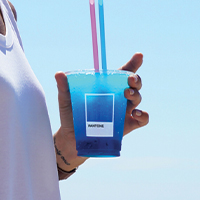
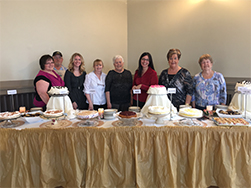
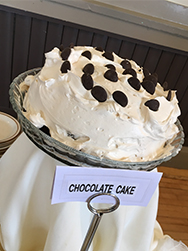
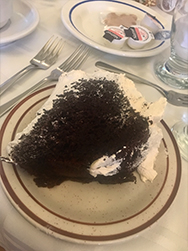
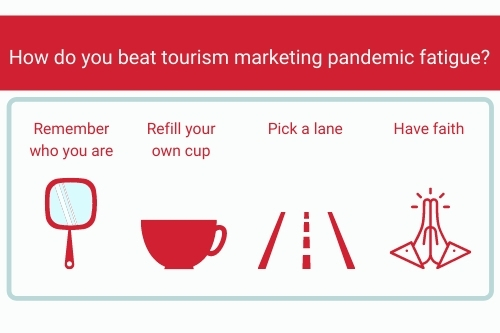
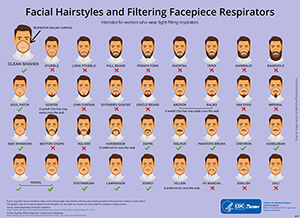
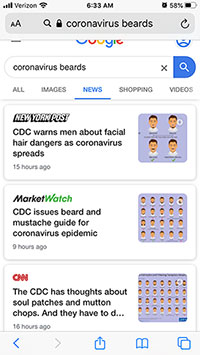
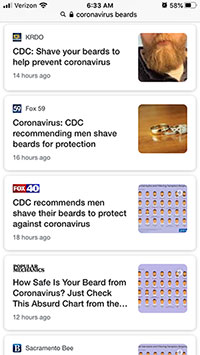
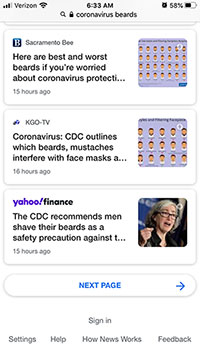
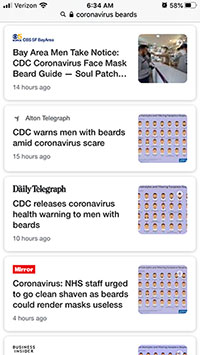
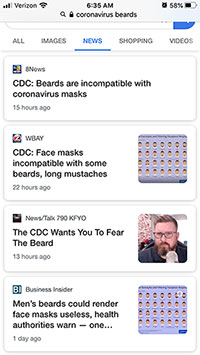
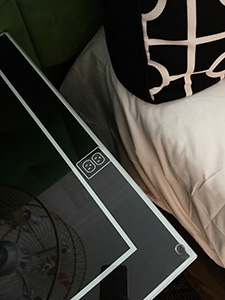
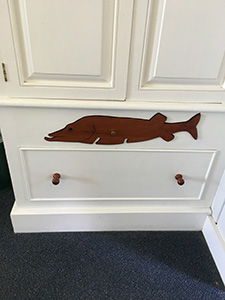
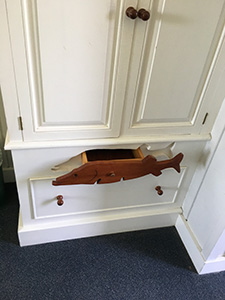

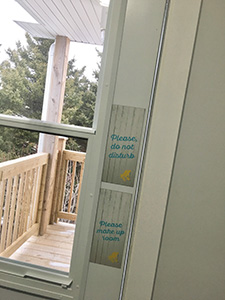
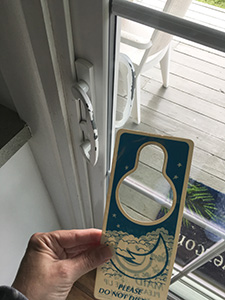
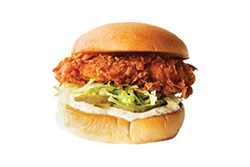 If you’re a marketer, there’s a good chance you watched the debut of
If you’re a marketer, there’s a good chance you watched the debut of 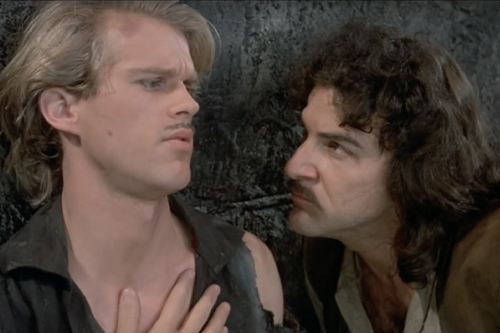
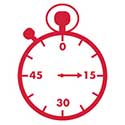 Oh wait… did you just gloss over that last sentence without stopping to really absorb what it means, and what you should do about it? As if that was just another piece of blah-blah advice from a marketer? “Spend more time thinking about your marketing before taking action.” Duh. Of course that’s good advice, you say. So basic. I knew that. Give me something REALLY meaty to chew on, like something I didn’t know before.
Oh wait… did you just gloss over that last sentence without stopping to really absorb what it means, and what you should do about it? As if that was just another piece of blah-blah advice from a marketer? “Spend more time thinking about your marketing before taking action.” Duh. Of course that’s good advice, you say. So basic. I knew that. Give me something REALLY meaty to chew on, like something I didn’t know before.



